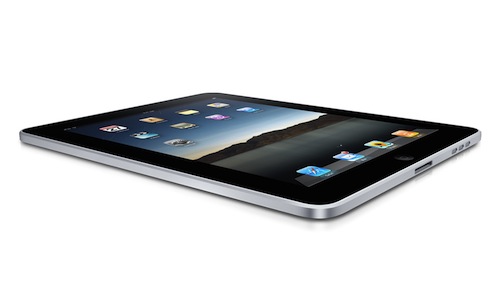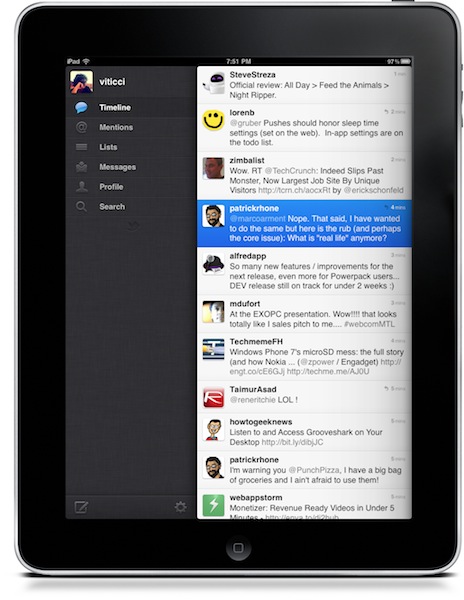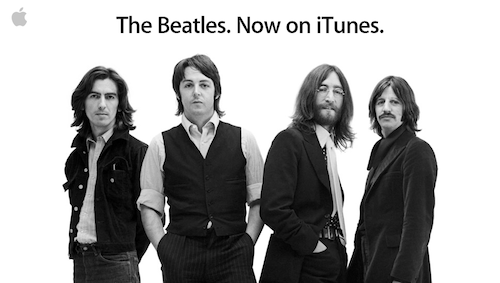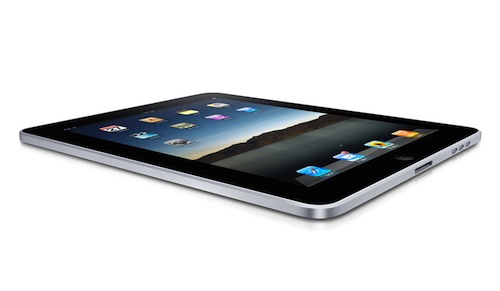Today’s another “iPad 2” rumors day. With speculations of “iPad 2” parts suppliers revealed and blogs wondering whether the second version of Apple’s tablet will carry 3 additional USB ports, a second multi-touch screen and Steve Jobs’ fingerprints embedded in the device’s chassis, I thought I might just write what I really want from the “iPad 2”.
I want iteration. I want the same refining process Apple adopted with the iPhone. We know that Steve Jobs probably already had an “iPad 2” running Apple’s cloud service in the backstage of the iPad announcement in January, and I’m pretty sure even more units of the new model are connected right now to some WiFi router at Cupertino. Heck, maybe they even have an iPad 3 prototype hidden under some black cloth in their secret labs. But I just want to explain why I don’t want and need any of the features mentioned in the rumors, and why I don’t believe that stuff won’t happen anyway. Read more





